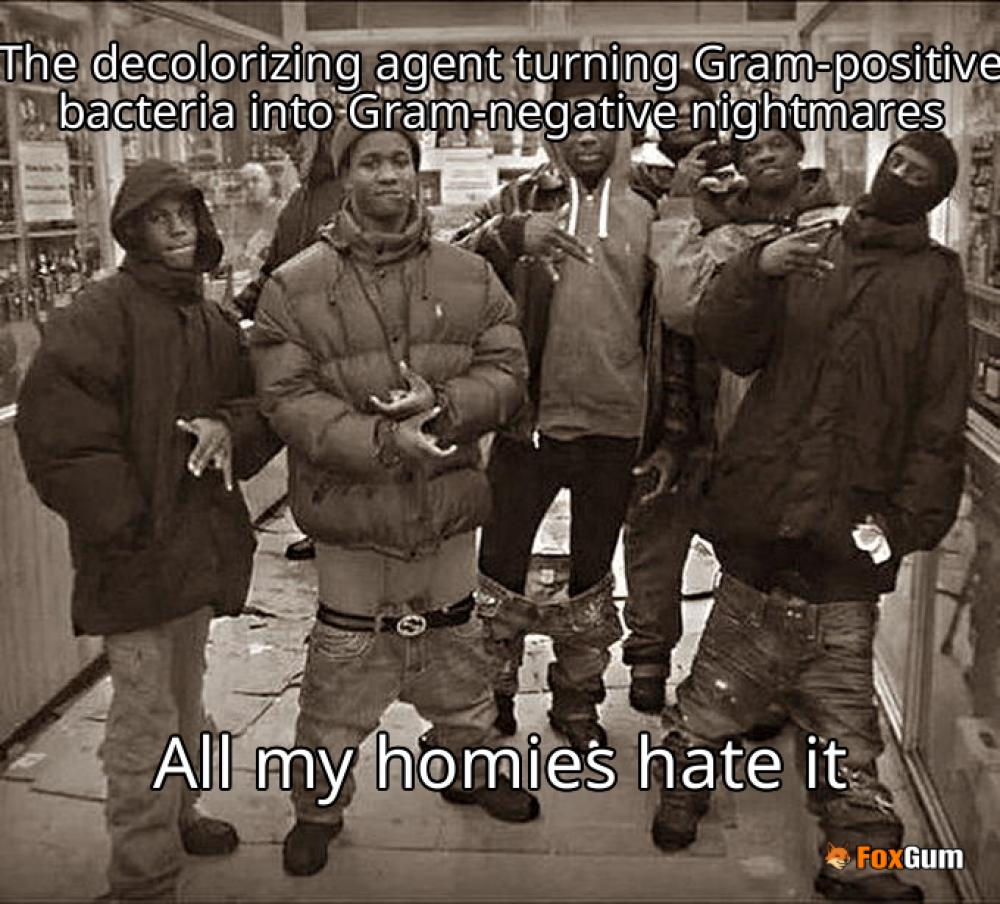
What’s the Deal with the Decolorizing Agent in Gram Stain?
Welcome to the wild world of microbiology, where tiny little organisms are the real party animals! 🎉 Today, we’re diving into the fascinating realm of Gram staining, specifically focusing on the unsung hero: the decolorizing agent. Let’s get this bacterial bash started! 🦠
Gram Staining 101
First things first, what even is Gram staining? Imagine you’re a detective trying to figure out which bacteria are behind a crime scene (a.k.a. an infection). Enter Hans Christian Gram, the Danish bacteriologist who, in 1882, introduced this nifty technique to help identify bacteria causing pneumonia. 🕵️♂️
So, how does it work? Well, it’s a multi-step process that involves applying a series of stains to bacterial samples. The first stain is usually crystal violet, which gives the bacteria a royal purple hue. But wait! There’s more! After that, we hit them with iodine to help lock in that color. 🟣
Decolorizing Agent: The Game Changer
Now, here comes the decolorizing agent, the true diva of the show. This agent, often alcohol or acetone, is what really separates the boys from the men (or in this case, the Gram-positive from the Gram-negative bacteria). It’s like a bouncer at a club—deciding who gets to keep their VIP pass (the color) and who gets kicked out into the cold, colorless world. ❄️
When the decolorizing agent is applied, it works its magic on the cell walls of the bacteria. Gram-positive bacteria, with their thick peptidoglycan layers, are like that friend who always brings a jacket to the party—they hold onto the violet-iodine complex and keep their color. Meanwhile, Gram-negative bacteria, with their thinner walls, are more like that friend who forgets their coat and ends up shivering in the corner. They lose their color and become transparent. 🙈
Timing is Everything
But here’s the kicker: timing is crucial! ⏰ If you leave the decolorizing agent on for too long, it’s like overcooking spaghetti—nobody wins! You risk removing all the stains from both types of bacteria, and that’s just a hot mess. So, precision is key, folks!
Why Should You Care?
Understanding the role of the decolorizing agent in Gram staining is essential for anyone in the microbiology game. It helps identify bacterial types, which can influence treatment options for infections. So next time you hear about Gram staining, remember the decolorizing agent is the unsung hero making it all happen! 🎤🎤
In conclusion, the decolorizing agent may not be the star of the show, but it’s certainly the one that keeps the party going. So, let’s raise a glass (of sterile water, of course) to the decolorizing agent in Gram stain! Cheers! 🥳







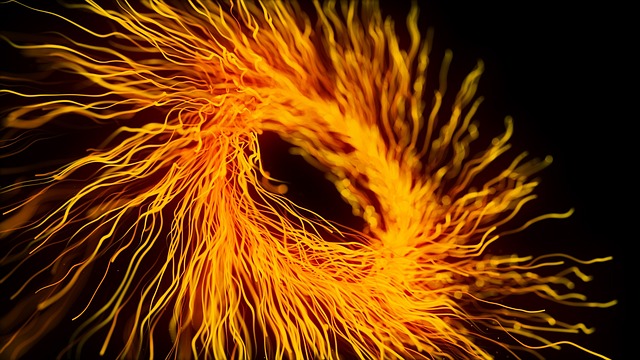
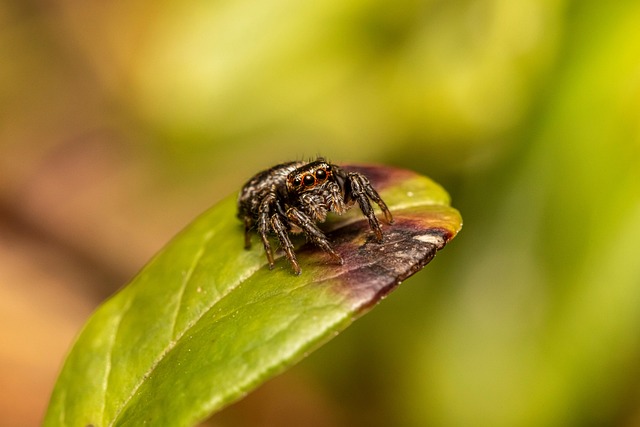


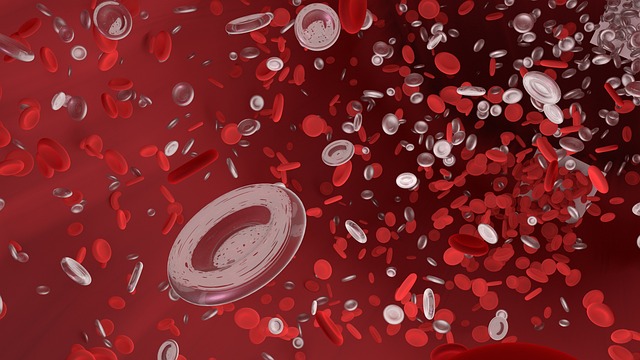




 Mitosis: The Phases of Cell Division
Mitosis: The Phases of Cell Division 
 Health
Health  Fitness
Fitness  Lifestyle
Lifestyle  Tech
Tech  Travel
Travel  Food
Food  Education
Education  Parenting
Parenting  Career & Work
Career & Work  Hobbies
Hobbies 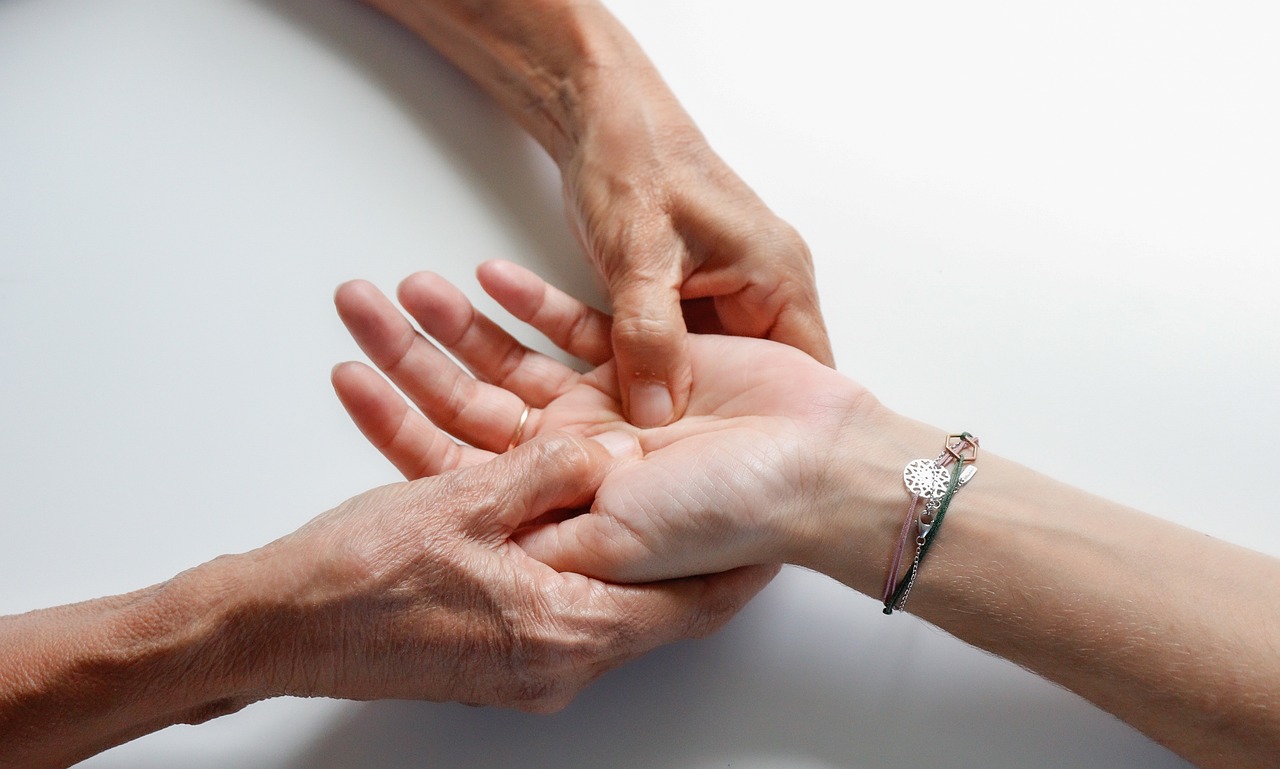 Wellness
Wellness  Beauty
Beauty  Cars
Cars  Art
Art 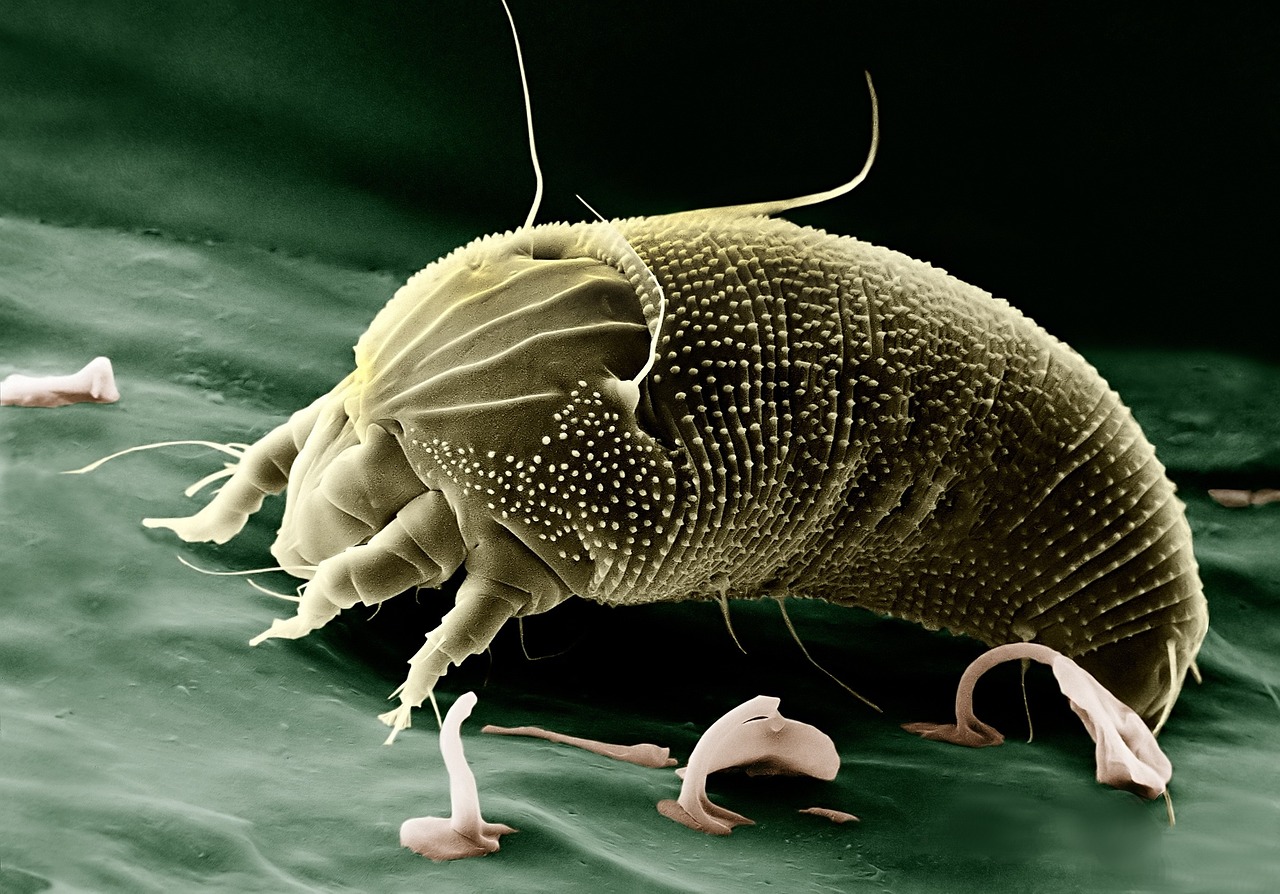 Science
Science  Culture
Culture  Books
Books  Music
Music  Movies
Movies  Gaming
Gaming  Sports
Sports  Nature
Nature  Home & Garden
Home & Garden  Business & Finance
Business & Finance  Relationships
Relationships  Pets
Pets  Shopping
Shopping  Mindset & Inspiration
Mindset & Inspiration  Environment
Environment  Gadgets
Gadgets  Politics
Politics 